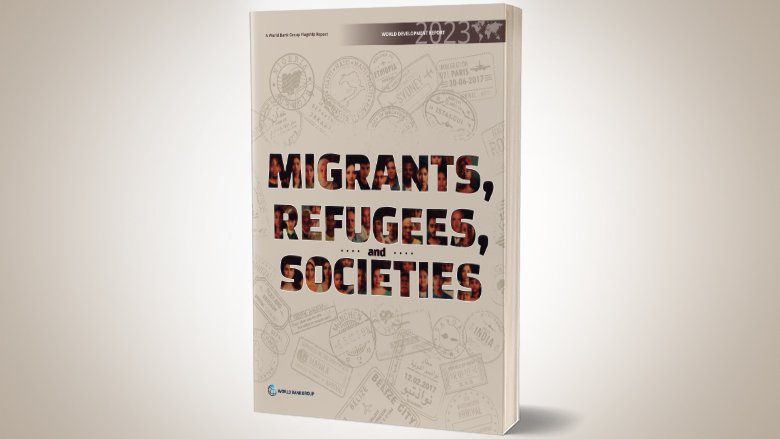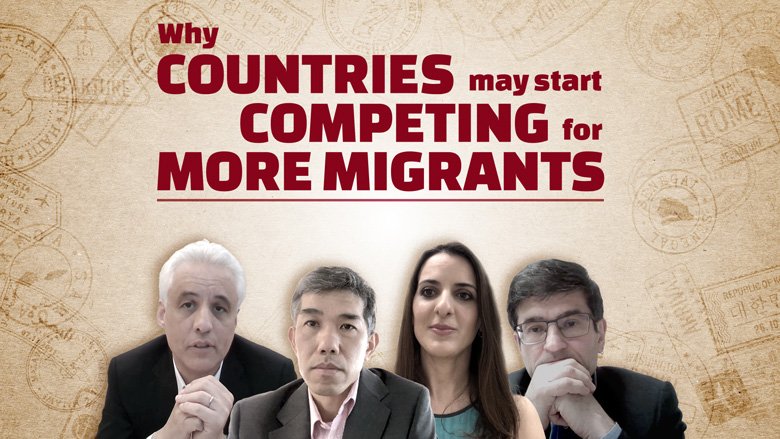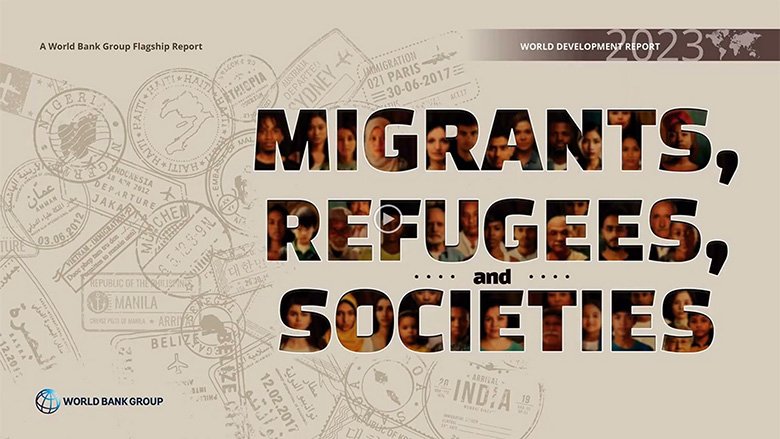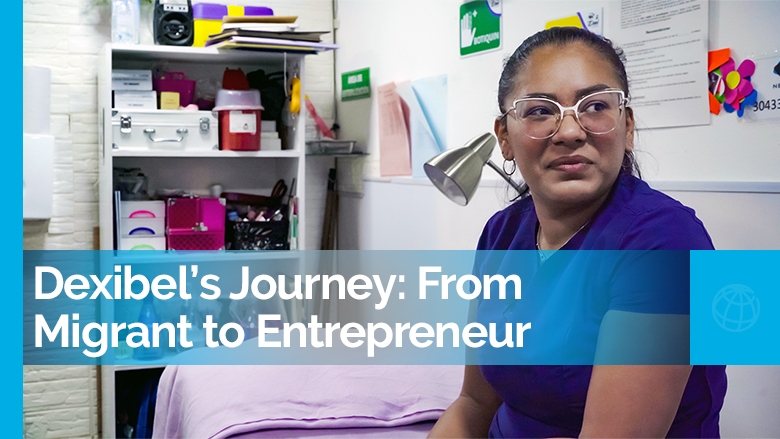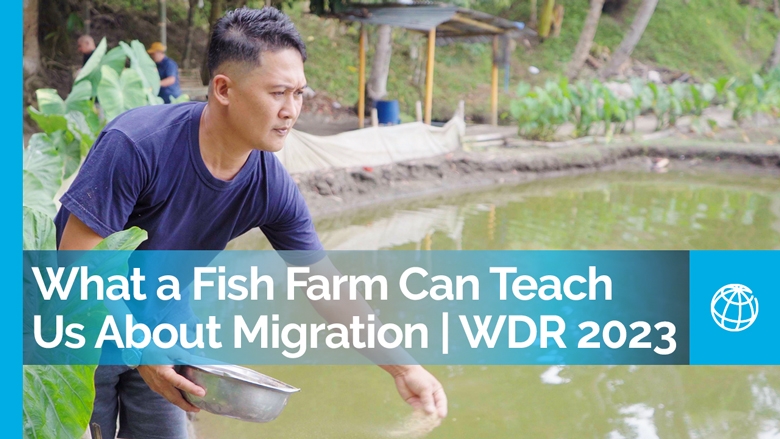MODULE DESCRIPTION
Public opinion on migration has been polarized worldwide—and often times, the debates are not centered around the benefits of migration, but rather around the integration of migrants and refugees into the destination society. As a result, there are many misperceptions about migrants and refugees in destination countries: about how they are faring and how they are impacting the country. This module will provide a comprehensive overview of the state of knowledge on the economic and social integration of migrants and refugees. It will look closer into their socio-economic outcomes, how these outcomes are influenced by policies and other factors in the destination country and how their stay impacts those living in the destination country. Evidence on policies to maximize the gains for destination countries and migrants and refugees themselves will be presented and discussed, with a particular focus on new and innovative research. The module will point to the methodological challenges when assessing these questions to allow participants to become critical readers of future research and reporting on these topics.
LEARNING OBJECTIVES
Upon completion of this course, participants should be able to:
- Be acquainted with the overall state of knowledge on the economic and social integration of migrants and refugees as well as methods and datasets used
- Know the general trends as well as key factors that influence outcomes
- Be critical consumers of research papers, policy reports, opinion pieces and news article on migration that aim to establish causal relationships.
- Be able to summarize a body of papers or reports with the appropriate level of caution when it comes to drawing causal relationships
AGENDA AND OUTLINE OF LECTURES
This module consists of 7 lectures to be taught over 2 to 3 days. The structure of the module and the content of each lecture is subject to changes and refinements depending on the needs and prior knowledge of participants.
Lecture 1: Overview: How to measure economic and social integration and its impacts
The first lecture will present migrant and refugee socio-economic outcomes of interest when studying their integration in destination countries and existing databases and indices used to measure these outcomes and policies affecting them. Then it will provide an overview of the types of socio-economic impacts on the destination country and its citizens. It will also provide a short, critical overview of available methods to measure impacts on the destination country as well as impacts on migrants themselves (short summary of course 2 content).
Mandatory reading:
- 2023 WDR “Migrants, Refugees, and Societies”, Chapters 4, 5, and 6.
Additional reading:
- Harder, Niklas; Figueroa, Lucila; Gillum, Rachel; Hainmueller, Jens; Hangartner, Dominik; Laitin, David D. (2018): Multidimensional measure of immigrant integration. Proceedings of the National Academy of Sciences of the United States of America 115 (45), 11483-11488. DOI: 10.1073/pnas.1808793115.
- Schuettler, Kirsten, and Quy-Toan Do. 2023. “Outcomes for Internally Displaced Persons and Refugees in Low- and Middle-Income Countries.” Policy Research Working Paper 10278, World Bank, Washington, DC.
- Migrant Integration Policy Index
- Dustmann, Christian, Uta Schönberg, and Jan Stuhler. 2016. "The Impact of Immigration: Why Do Studies Reach Such Different Results?" Journal of Economic Perspectives, 30 (4): 31-56.
- Verme, Paolo, and Kirsten Schuettler. 2021. “The Impact of Forced Displacement on Host Communities: A Review of the Empirical Literature in Economics.” Journal of Development Economics 150 (May): 102606.
Lecture 2: Wages and employment
The second lecture will look closer at the labor market outcomes of migrants and refugees and factors explaining these outcomes. It will also delve deeper into the impacts on wages and employment of citizens and previous migrants, transmission channels and factors influencing these impacts: What does economic theory predict? What do empirical results show?
Mandatory reading:
- World Bank. 2018. Moving for Prosperity: Global Migration and Labor Markets. Washington, DC: World Bank.
Additional reading:
- Dustmann, Christian, Albrecht Glitz, and Tommaso Frattini. 2008. “The Labour Market Impact of Immigration.” Oxford Review of Economic Policy 24 (3): 477–94.
Lecture 3: Overall economic and fiscal impacts
The third lecture will look at broader economic impacts on productivity, consumer prices, entrepreneurial activity and business linkages, including a short overview of research on long-term economic effects on growth and per-capita income. It will also present what we know about fiscal impacts in destination countries.
Mandatory reading:
- 2023 WDR “Migrants, Refugees, and Societies”, Chapter 6.
Additional reading:
- Kerr, Sari Pekkala, William R. Kerr, Çağlar Özden, and Christopher Parsons. “Global Talent Flows.” Journal of Economic Perspectives 30, no. 4 (Fall 2016): 83–106.
- Cortés, Patricia, and José Tessada. 2011. “Low-Skilled Immigration and the Labor Supply of Highly Skilled Women.” American Economic Journal: Applied Economics, 3 (3): 88-123.
- National Academies of Sciences, Engineering, and Medicine. 2017. The Economic and Fiscal Consequences of Immigration. Washington, DC: The National Academies Press.
Lecture 4: Policies to maximize the gains of economic integration
The lecture will focus on existing evidence on selected policies to maximize the economic gains of migration for destination countries and migrants themselves after their arrival, with a particular focus on active labor market policies and rights for migrants and refugees.
Mandatory reading:
- 2023 WDR “Migrants, Refugees, and Societies”, chapters 6 and 9.
Additional reading:
- Amuedo-Dorantes, Catalina, and Cynthia Bansak. 2011. “The Impact of Amnesty on Labor Market Outcomes: A Panel Study Using the Legalized Population Survey.” Industrial Relations 50 (3): 443–71.
- Moritz Marbach et al., The long-term impact of employment bans on the economic integration of refugees. Sci. Adv.4,eaap9519(2018).DOI:10.1126/sciadv.aap9519.
- Butschek, S., Walter, T. What active labour market programmes work for immigrants in Europe? A meta-analysis of the evaluation literature. IZA J Migration 3, 48 (2014).
Lecture 5: Impacts on public services, housing and security
Besides the economic impacts, members in the destination country are often concerned about impacts on public services, housing (prices, segregation) as well as impacts on crime and insecurity. The lecture will review the state of the knowledge of the literature on these topics, presenting key results but also pointing to gaps in the literature and methodological challenges.
Mandatory reading:
- 2023 WDR “Migrants, Refugees, and Societies”, Chapter 6.
Additional reading:
- Pinotti, Paolo. 2017. “Clicking on Heaven’s Door: The Effect of Immigrant Legalization on Crime.” American Economic Review 107 (1): 138–68.
Lecture 6: Public perceptions and impacts on social cohesion
The lecture will look at social integration from a migrant’s perspective and from a destination society perspective. This includes discussing public perceptions in the migrant and refugee destination country, other factors facilitating or hampering social inclusion of migrants and refugees as well as impacts on social cohesion and mutual trust.
Mandatory reading:
- 2023 WDR “Migrants, Refugees, and Societies”, Chapter 6.
Additional reading:
- Alberto Alesina, Armando Miano, Stefanie Stantcheva, Immigration and Redistribution, The Review of Economic Studies, Volume 90, Issue 1, January 2023, Pages 1–39.
Lecture 7: Policies to maximize the gains of social integration
The lecture will present evidence on selected policies to positively influence social integration of migrants and refugees, with a particular focus on public perceptions in the destination country.
Mandatory reading:
- 2023 WDR “Migrants, Refugees, and Societies”, Chapter 6.
Additional reading:
- Paluck, Elizabeth Levy, Roni Porat, Chelsey S. Clark, and Donald P. Green, "Prejudice Reduction: Progress and Challenges," Annual Review of Psychology, 2021, 72 (1), 533{560. eprint.


